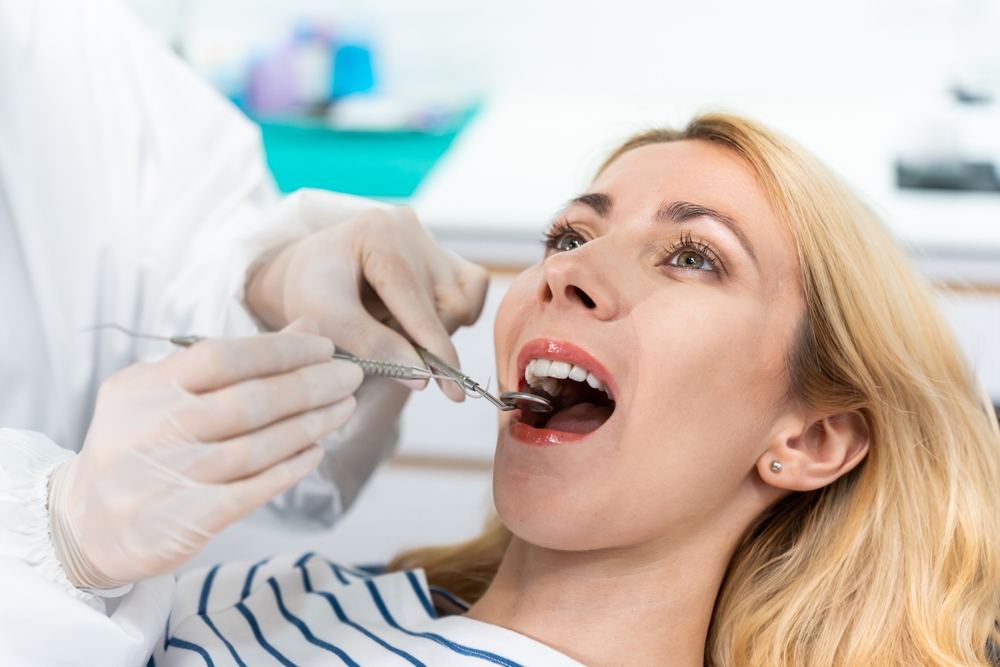With more than 1.2 million U.S. adults currently sporting braces, celebrate National Orthodontic Health Month by learning more about orthodontists and how they do more than give people a better-looking smile.
According to MouthHealthy.com, orthodontics and dentofacial orthopedics is the formal name of the dental specialty concerned with the diagnosis, prevention, intervention, guidance and correction of bad bites.
The purpose of orthodontic treatment is to create a healthy bite — straight teeth that properly meet opposing teeth in the opposite jaw. A good bite makes it easier for you to bite, chew and speak.
If your teeth are crowded, protrusive, spaced too far apart, meet in an abnormal way or do not meet at all, correction may be recommended. If you have an abnormal bite your dentist may recommend braces or another orthodontic treatment to straighten out your smile. Correcting the problem can create a nice-looking smile, but more importantly, orthodontic treatment results in a healthier mouth. Not correcting an abnormal bite could result in further oral health problems, including tooth decay, gum disease, tooth loss and jaw problems.
Braces and aligners are the “appliances” orthodontists most commonly use to guide your teeth into their proper positions. Retainers preserve and stabilize the results of your orthodontic treatment.
Since abnormal bites usually become noticeable between the ages of 6 and 12, orthodontic treatment often begins between ages 8 and 14. Treatment that begins while a child is growing helps produce optimal results. In the past, orthodontic treatment was associated with children and teens, but today many adults seek orthodontic treatment to correct long-standing problems, or problems that stem from maturational changes.

Nutrition Tips for National Nutrition Month
Nutrition Tips for National Nutrition Month: Nourish Your Body and Smile March is National Nutrition Month, the perfect time to focus on what we eat and how it can impact our overall health and oral health. What we eat affects everything from our energy levels to the...

The Linkage Between Oral Health and Diabetes: A Comprehensive Guide (#TopicThursday)
The Linkage Between Oral Health and Diabetes: A Comprehensive Guide Maintaining good oral health is essential for one's own well-being, and it becomes even more crucial for individuals with diabetes. The relationship between diabetes and oral health is shared, with...

Floss Friday! – Effective Tips for Flossing (Sept. 15)
Floss Friday! - Effective Tips for Flossing (Sept. 15) Flossing is a crucial component of maintaining good oral hygiene. It helps remove plaque and food particles from between teeth and along the gumline, where a toothbrush might not reach effectively. Here are some...

